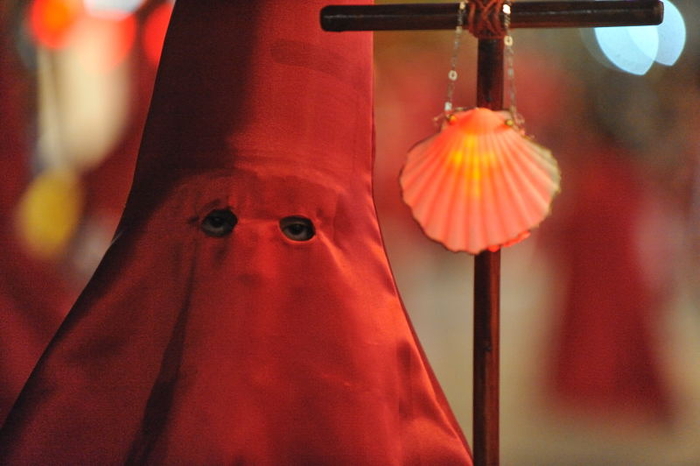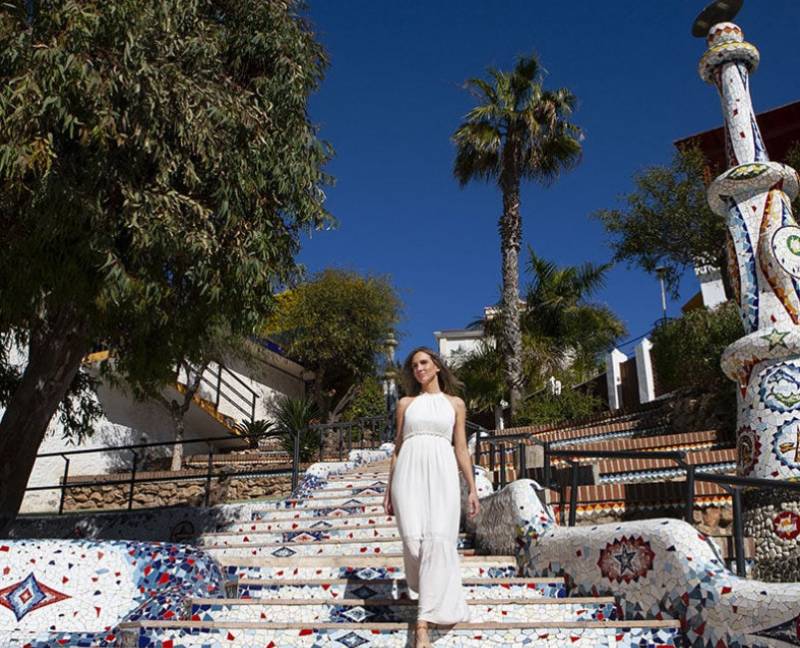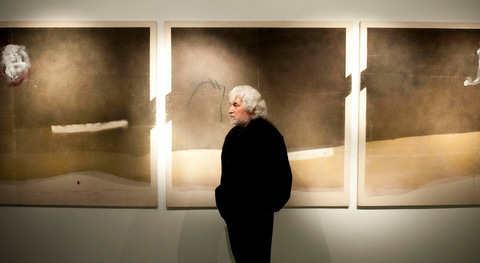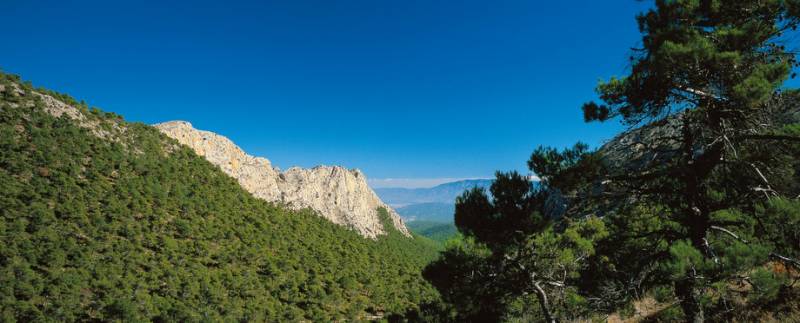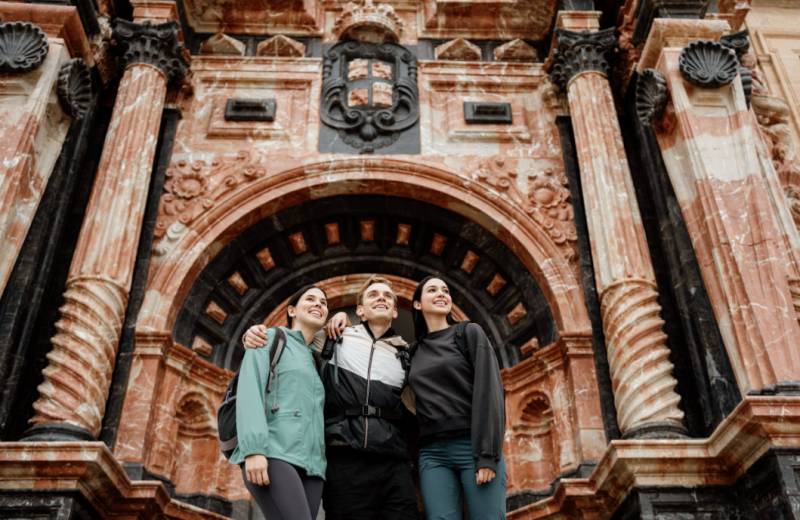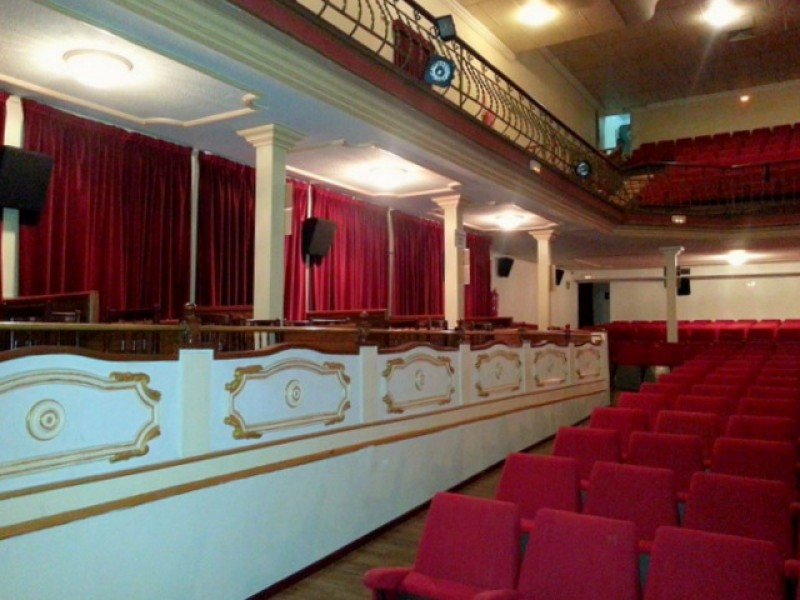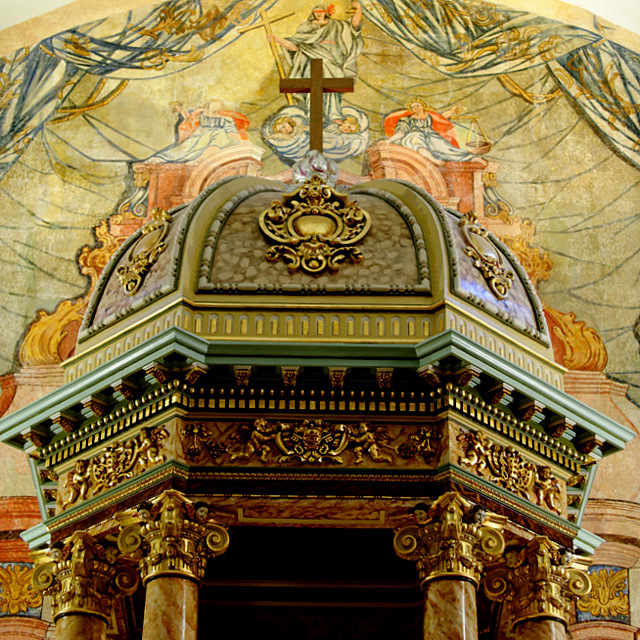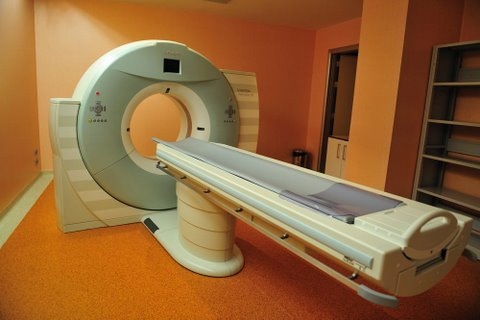- Region
- Águilas
- Alhama de Murcia
- Jumilla
- Lorca
- Los Alcázares
- Mazarrón
- San Javier
-
ALL AREAS & TOWNS
- AREAS
- SOUTH WEST
- MAR MENOR
- MURCIA CITY & CENTRAL
- NORTH & NORTH WEST
- TOWNS
- Abanilla
- Abarán
- Aguilas
- Alamillo
- Alcantarilla
- Aledo
- Alhama de Murcia
- Archena
- Balsicas
- Blanca
- Bolnuevo
- Bullas
- Cañadas del Romero
- Cabo de Palos
- Calasparra
- Camping Bolnuevo
- Campo De Ricote
- Camposol
- Canada De La Lena
- Caravaca de la Cruz
- Cartagena
- Cehegin
- Ceuti
- Cieza
- Condado de Alhama
- Corvera
- Costa Cálida
- Cuevas De Almanzora
- Cuevas de Reyllo
- El Carmoli
- El Mojon
- El Molino (Puerto Lumbreras)
- El Pareton / Cantareros
- El Raso
- El Valle Golf Resort
- Fortuna
- Fuente Alamo
- Hacienda del Alamo Golf Resort
- Hacienda Riquelme Golf Resort
- Isla Plana
- Islas Menores & Mar de Cristal
- Jumilla
- La Azohia
- La Charca
- La Manga Club
- La Manga del Mar Menor
- La Pinilla
- La Puebla
- La Torre
- La Torre Golf Resort
- La Unión
- Las Palas
- Las Ramblas
- Las Ramblas Golf
- Las Torres de Cotillas
- Leiva
- Librilla
- Lo Pagan
- Lo Santiago
- Lorca
- Lorquí
- Los Alcázares
- Los Balcones
- Los Belones
- Los Canovas
- Los Nietos
- Los Perez (Tallante)
- Los Urrutias
- Los Ventorrillos
- Mar De Cristal
- Mar Menor
- Mar Menor Golf Resort
- Mazarrón
- Mazarrón Country Club
- Molina de Segura
- Moratalla
- Mula
- Murcia City
- Murcia Property
- Pareton
- Peraleja Golf Resort
- Perin
- Pilar de la Horadada
- Pinar de Campoverde
- Pinoso
- Playa Honda
- Playa Honda / Playa Paraíso
- Pliego
- Portmán
- Pozo Estrecho
- Puerto de Mazarrón
- Puerto Lumbreras
- Puntas De Calnegre
- Region of Murcia
- Ricote
- Roda Golf Resort
- Roldan
- Roldan and Lo Ferro
- San Javier
- San Pedro del Pinatar
- Santiago de la Ribera
- Sierra Espuña
- Sucina
- Tallante
- Terrazas de la Torre Golf Resort
- Torre Pacheco
- Totana
- What's On Weekly Bulletin
- Yecla


- EDITIONS:
 Spanish News Today
Spanish News Today
 Alicante Today
Alicante Today
 Andalucia Today
Andalucia Today
article_detail
Scallops for Santiago and sweets for sharing in the Semana Santa processions of Mula
Costaleros struggle to carry their unwieldy burdens through the narrow streets of the old quarter
Maundy Thursday: Jueves Santo in Mula
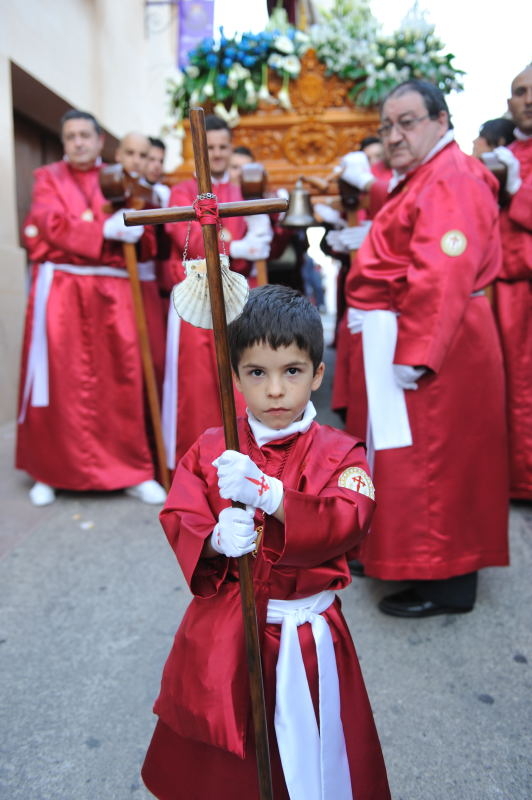 Semana Santa in Mula is an intimate affair, the parades winding down through the narrow streets of the historic old quarter of the town, squeezing amidst buildings which are barely far enough apart to permit the passage of the heavy sculpted tableaux and their precious burdens of sculptures and flowers.
Semana Santa in Mula is an intimate affair, the parades winding down through the narrow streets of the historic old quarter of the town, squeezing amidst buildings which are barely far enough apart to permit the passage of the heavy sculpted tableaux and their precious burdens of sculptures and flowers.
The twisting nature of the streets makes it impossible for the "tronos" to be lengthened in order to spread the weight across more shoulders, so fewer costaleros are charged with the burden of bearing these sculptures. The task is made even more difficult by the fact that what goes down must come back up, and the last hour of these processions a feat of endurance as the weary bearers climb back uphill to the top of the town after 3 hours of slow progress along the cobbled streets.
Mula was built on a strategically advantageous hilltop in the mediaeval era of the Reconquista, the original Moorish town being abandoned after the Christians re-took southern Spain in 1243 following more than 500 years of 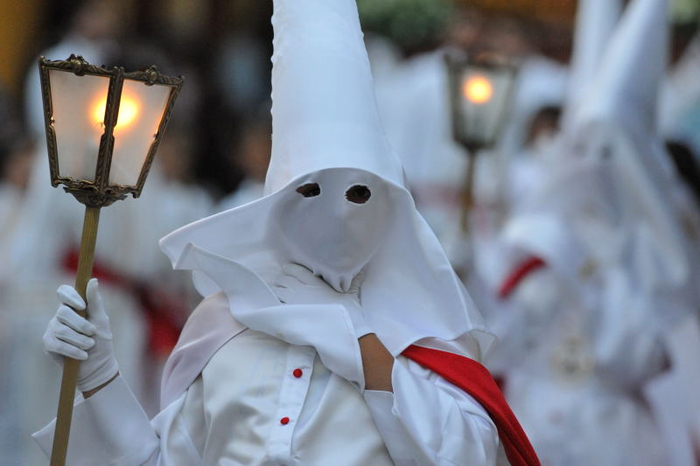 Moorish occupation.
Moorish occupation.
Mula dominates the natural landscape, guarding the narrow valley which leads into the north-west of Murcia and the interior regions of Spain, having been a stop-off on trade routes used more than a thousand years before the Moors first invaded southern Spain in 711.
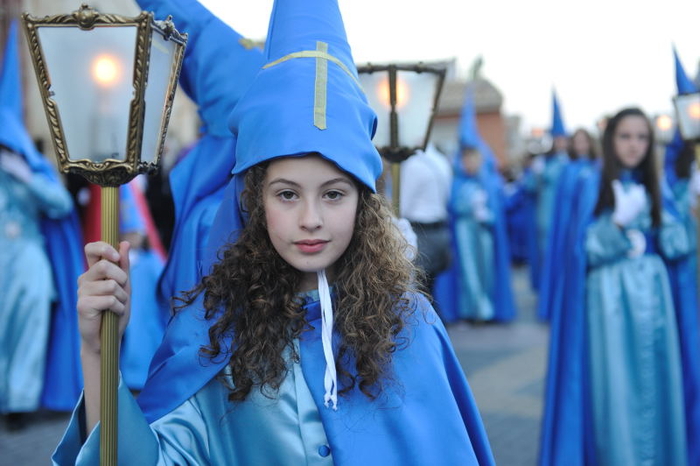 Further back, the area had been controlled by native Iberian tribes who traded with Greek and Phoenician opportunists along the Mediterranean coastline: The Iberians lost power following the invasion of the Romans, who were in turn supplanted by the Visigoths sweeping into Spain after the engorged Roman Empire disintegrated.
Further back, the area had been controlled by native Iberian tribes who traded with Greek and Phoenician opportunists along the Mediterranean coastline: The Iberians lost power following the invasion of the Romans, who were in turn supplanted by the Visigoths sweeping into Spain after the engorged Roman Empire disintegrated.
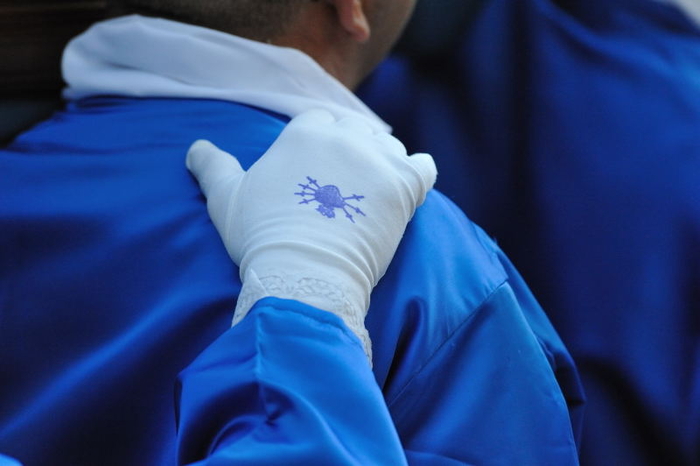 Mula as we see it today was built after the Christian forces of Castile and Aragón conquered what is now Murcia and built a new town to oversee this strategic trade route. This important location, added to the substantial local resources of stone, marble and fertile soil led to great wealth for several local noble families, and in 1430 the town was given to the most politically ambitious and powerful family in the region, the Fajardos, much to the anger of other local families.
Mula as we see it today was built after the Christian forces of Castile and Aragón conquered what is now Murcia and built a new town to oversee this strategic trade route. This important location, added to the substantial local resources of stone, marble and fertile soil led to great wealth for several local noble families, and in 1430 the town was given to the most politically ambitious and powerful family in the region, the Fajardos, much to the anger of other local families.
The Fajardos stamped their authority by building the castle which still looks down over the town, creating a 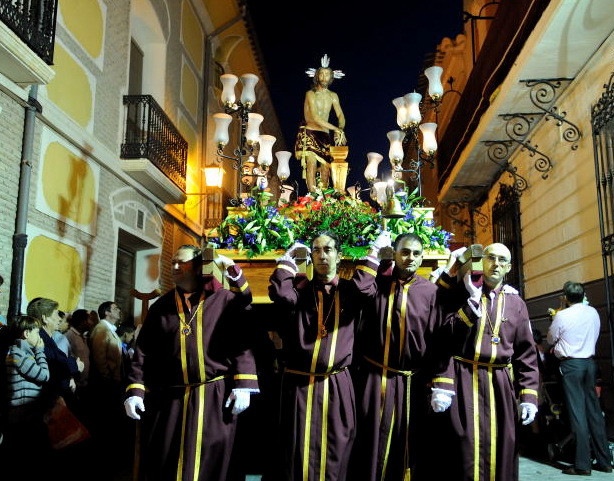 conflict which still rumbles on even today amongst the rebellious locals who refused to accept this imposition and developed an independence of spirit which “was passed down in the milk of their mothers" according to correspondence written as far back as the 16th century.
conflict which still rumbles on even today amongst the rebellious locals who refused to accept this imposition and developed an independence of spirit which “was passed down in the milk of their mothers" according to correspondence written as far back as the 16th century.
This same spirit of determination to enjoy the moment even through hardship and struggle still permeates events as important as Semana Santa, those charged with bearing the heavy tronos relaxed and jovial as they shoulder their burdens, their robes engorged with the weight of sweets which are handed out in generous handfuls to children en route, leaving the ground sticky with crushed sweets and wrappers as the procession passes by.
Semana Santa is a family affair in Mula, generations parading together as the youngsters are taught to give with generosity and hand their pouches of lollipops to others, diminutive trumpet players stomping along in oversized trousers with their parents, a straggle of chattering penitents enjoying the parade in spite of all attempts to silence them beneath the glaring gaze of the Fajardos as they pass in front of the floodlit castle, abn no rigid lines of military precision. Faces are not hidden and the hoods worn are open and pinned back to reveal smiles and allow cahtter to flow.
Each town has its peculiarities during Semana Santa and the use of scallop shells as lanterns to light the way before the paso of the image of 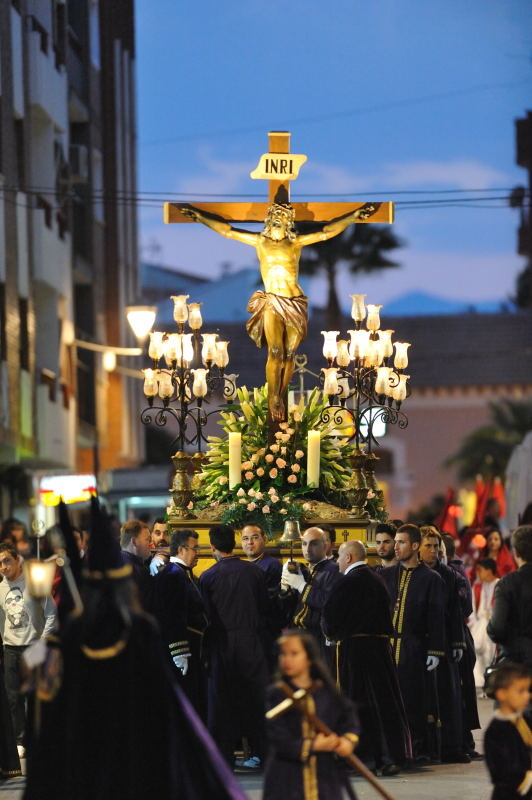 Santiago is the most striking of this Thursday night procession in Mula. Santiago (or Saint James) is said by some to have arrived in the Region of Murcia as he spread the word of God through Spain, and the scallop shell was a practical sign of pilgrimage which was used to scoop up water and food, easily carried and of no monetary value.
Santiago is the most striking of this Thursday night procession in Mula. Santiago (or Saint James) is said by some to have arrived in the Region of Murcia as he spread the word of God through Spain, and the scallop shell was a practical sign of pilgrimage which was used to scoop up water and food, easily carried and of no monetary value.
Any religious building with links to Santiago sports carvings of scallops, and they are still carried today along the Route of Santiago to Santiago de Compostela, one of the most famous pilgrimage routes in the world.
On the Thursday of Semana Santa in Mula they liglht the way through the streets, accompanied by blaring trumpets and the sound of drums which local residents are so familiar with during this holy week as they celebrate the life of Christ before the procession of silence and shame in darkened streets which recalls how Jesus was crucified for his beliefs.
Click for more information about the municipality of Mula.
article_detail
Contact Murcia Today: Editorial 000 000 000 /
Office 000 000 000

